Archaeologists Stumble Upon the Tomb of an Ancient Italian Prince that’s Full of Treasures
Archaeologists working in Italy’s Ancona province have stumbled upon the remains of a tomb full of treasures and artifacts that once belonged to a pre-Roman prince.
Located in Italy’s Marche region, researchers unearthed well over 100 artifacts from the tomb, many of which were deemed “exquisite and precarious” by archaeologists. Further investigation at the site may provide researchers with valuable insight into the daily life of the ancient prince and the people of the region.
From the Etruscans to the Romans
Italy is revered for its culture steeped in arts, agriculture, strong family bonds, and, of course, food. But its long history, dating back thousands of years, also captivates the attention of historians from around the world.
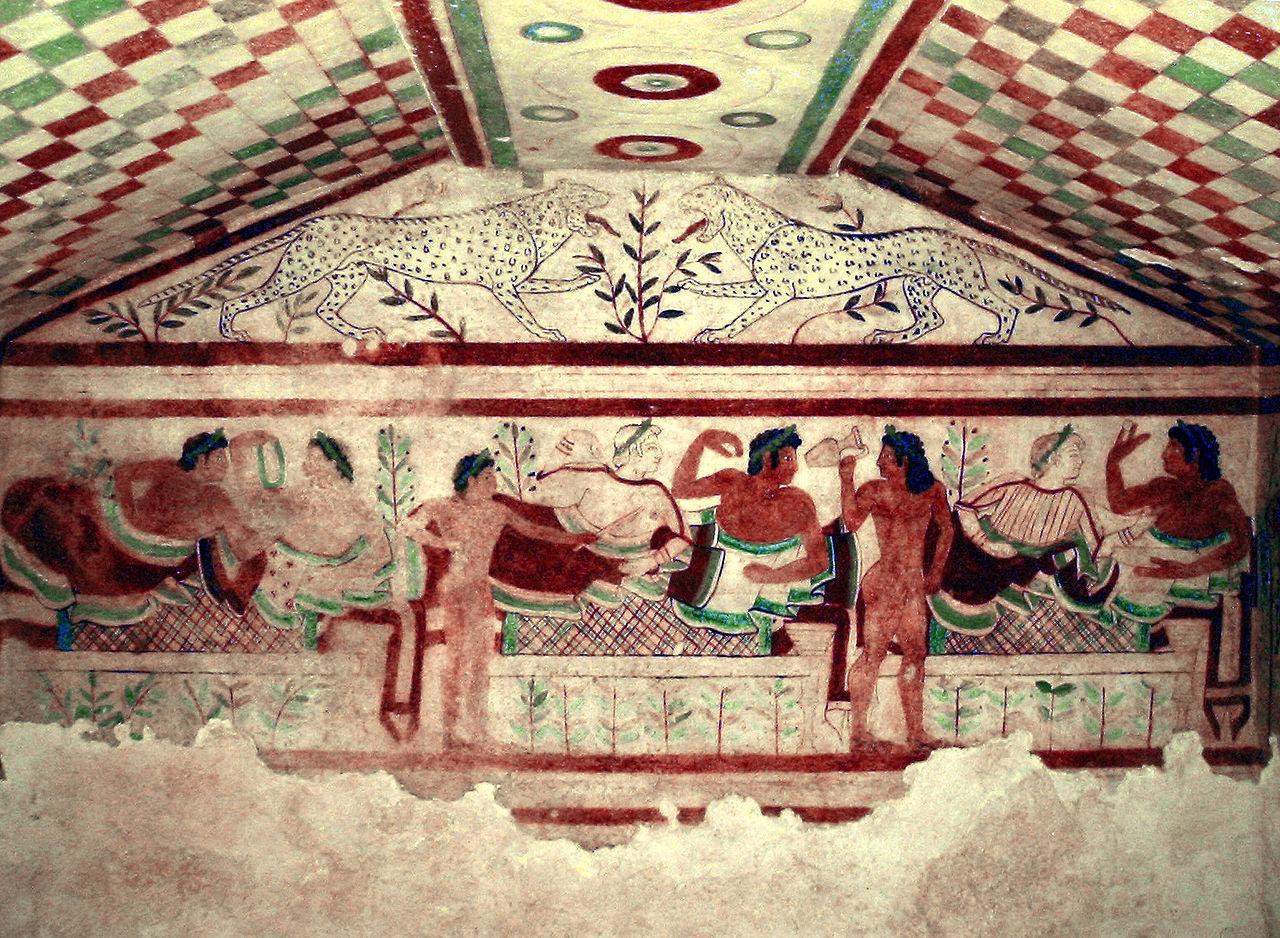
Source: Wikimedia
From the early Eustachian civilization, which flourished in the central part of the nation from the 8th to 3rd century BCE, to Celtic tribes and the later Roman Empire, all have left their mark on the landscape, and archaeologists continue to stumble upon remnants of these cultures to this day.
No Shortage of Fascinating Sites in Italy
A significant amount of Italy’s archaeological focus is on excavating and preserving Roman-era sites, which continue to attract visitors around the world.

Source: Freepik
From the Colosseum located in Rome, a spectacular amphitheater that once held over 60,00 spectators, to the Arch of Constantine and Palatine Hill, there’s no shortage of fascinating sites in Italy.
Ancient Non-Roman Sites
As we previously mentioned, however, the Roman Empire wasn’t the only culture to leave its mark on the Italian landscape. Several fascinating cultures thrived in the region for thousands of years before Emperors ruled over the land.
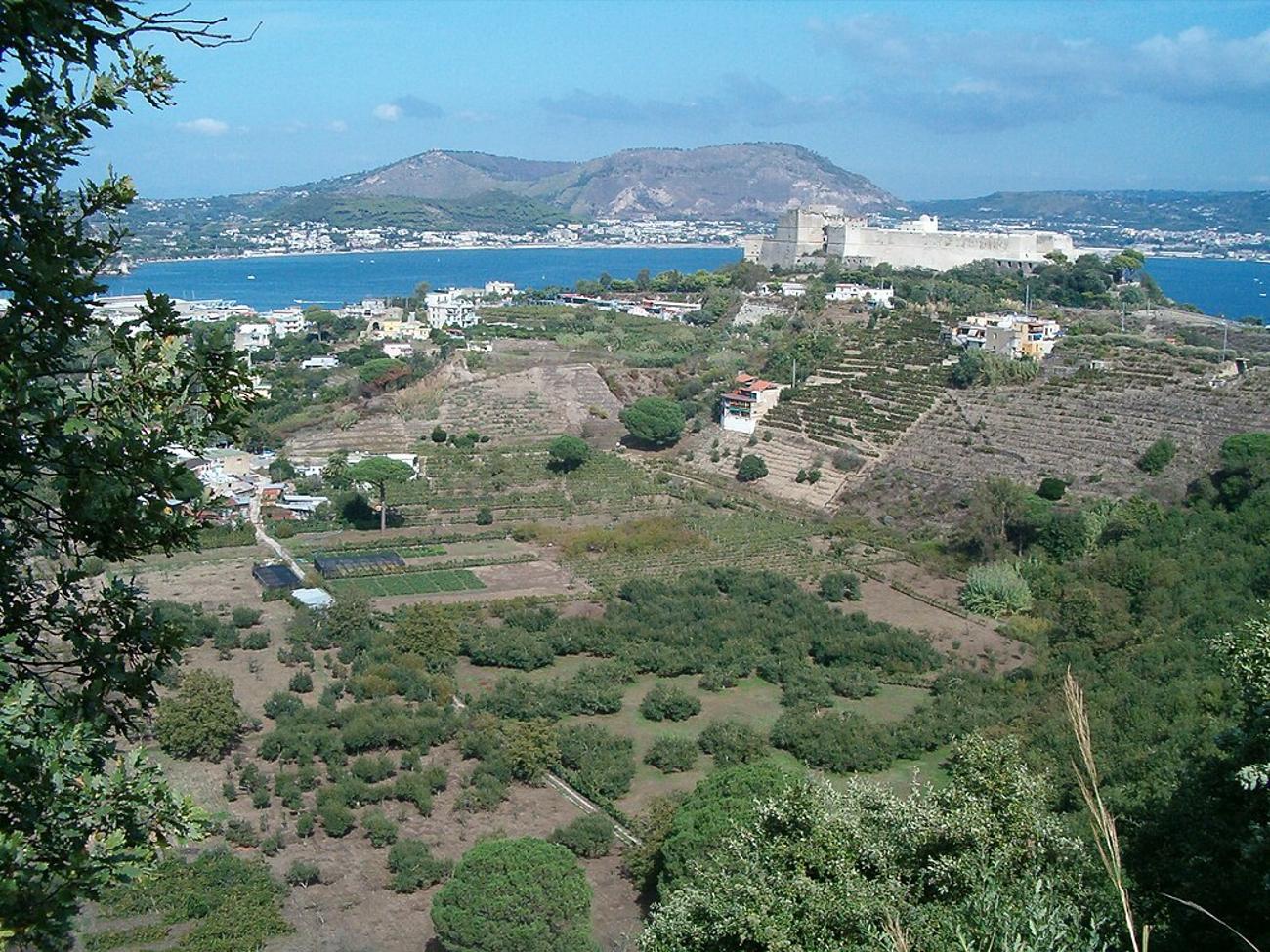
Source: Wikipedia
Several ancient sites that garner interest from archaeologists are constructed using a form of building known as Cyclopean masonry. These sites can be found in Italian cities and towns, including Abruzzo, Campania, Lazio, and Tuscany.
The Pre-Roman Past
Searching for the keys to unlock Italy’s pre-Roman past has become a popular field of study as researchers begin to give more credit to the land’s ancient inhabitants.
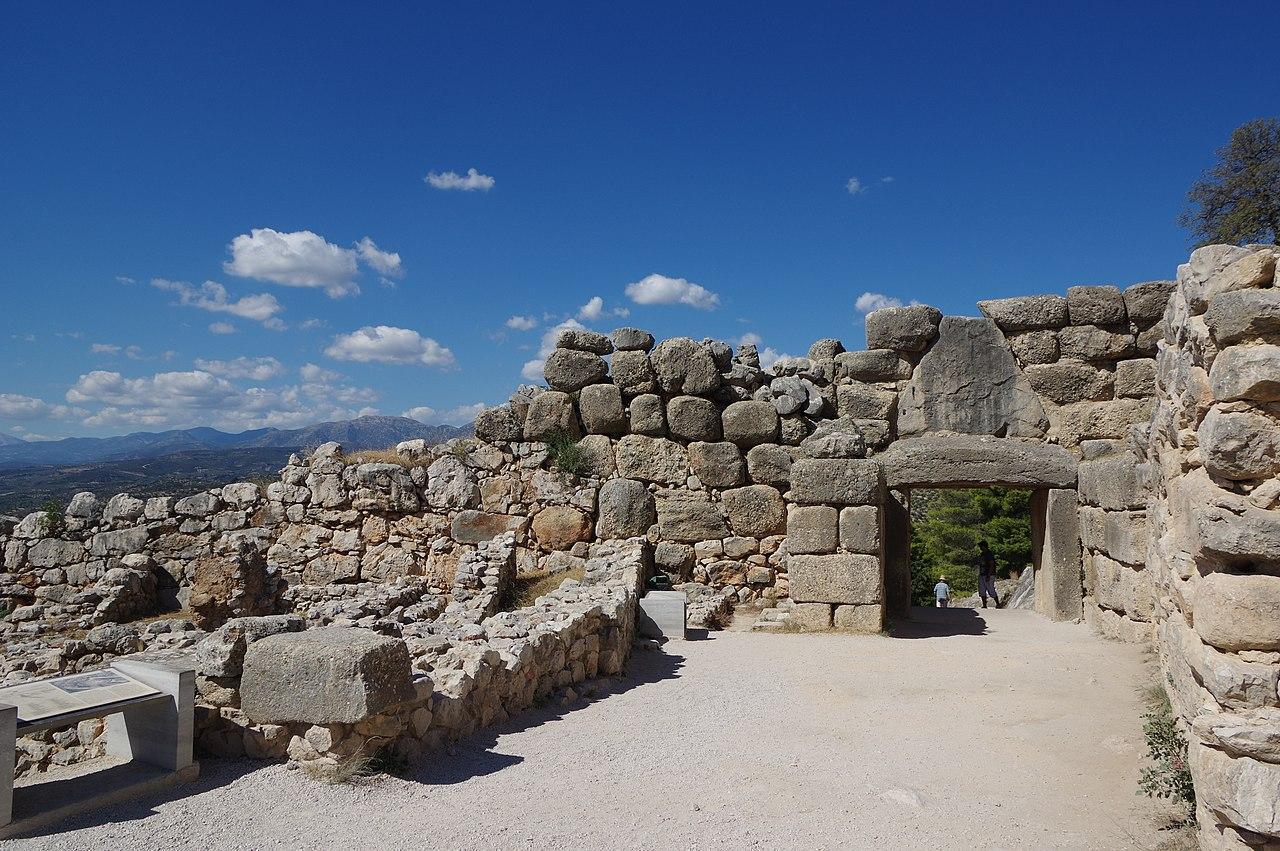
Source: Wikimedia
As Italian archaeologists continue to broaden their horizons regarding ancient cultures, fascinating discoveries await them across the nation. One such find recently occurred at an ancient graveyard.
Archaeologists Stumble Upon Princely Tomb
Recent excavations at the Corinaldo Necropolis in the Italian province of Ancona have led to the unexpected discovery of a tomb full of over 150 artifacts.
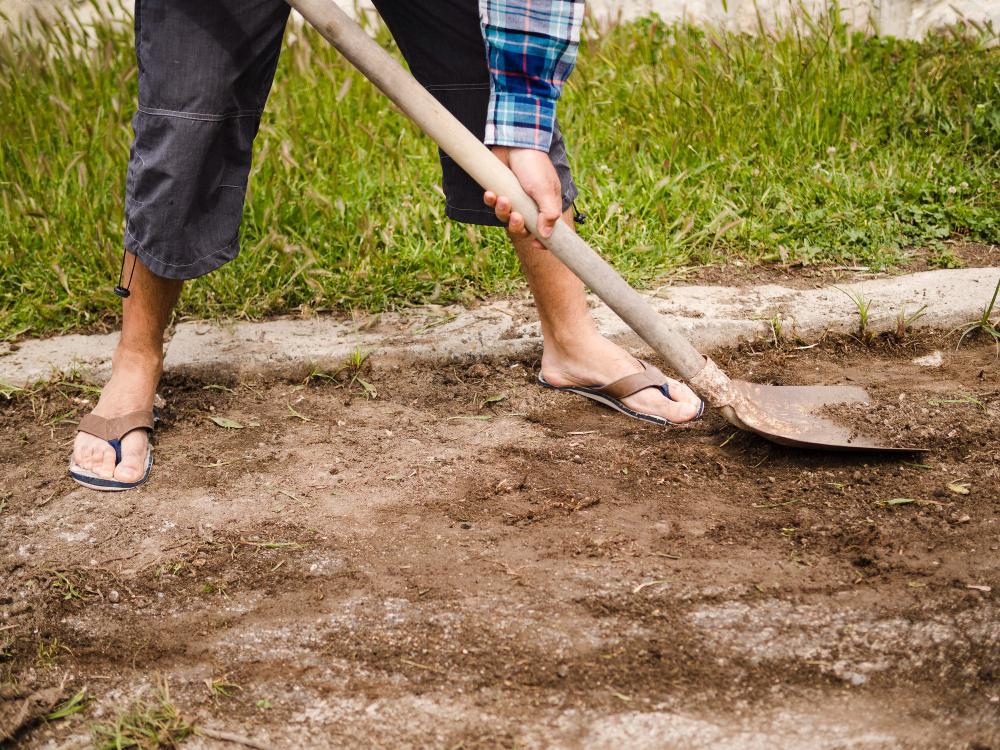
Source: Wikimedia
Within the “princely” tomb, archaeologists stumbled upon a plethora of artifacts, including the remains of a chariot, suggesting the deceased was of extreme importance to the region’s ancient inhabitants.
The Piceni
Researchers postulate the burial ground could be over 2,700 years old, having been constructed to house the dead of an ancient Italic group known as the Piceni.
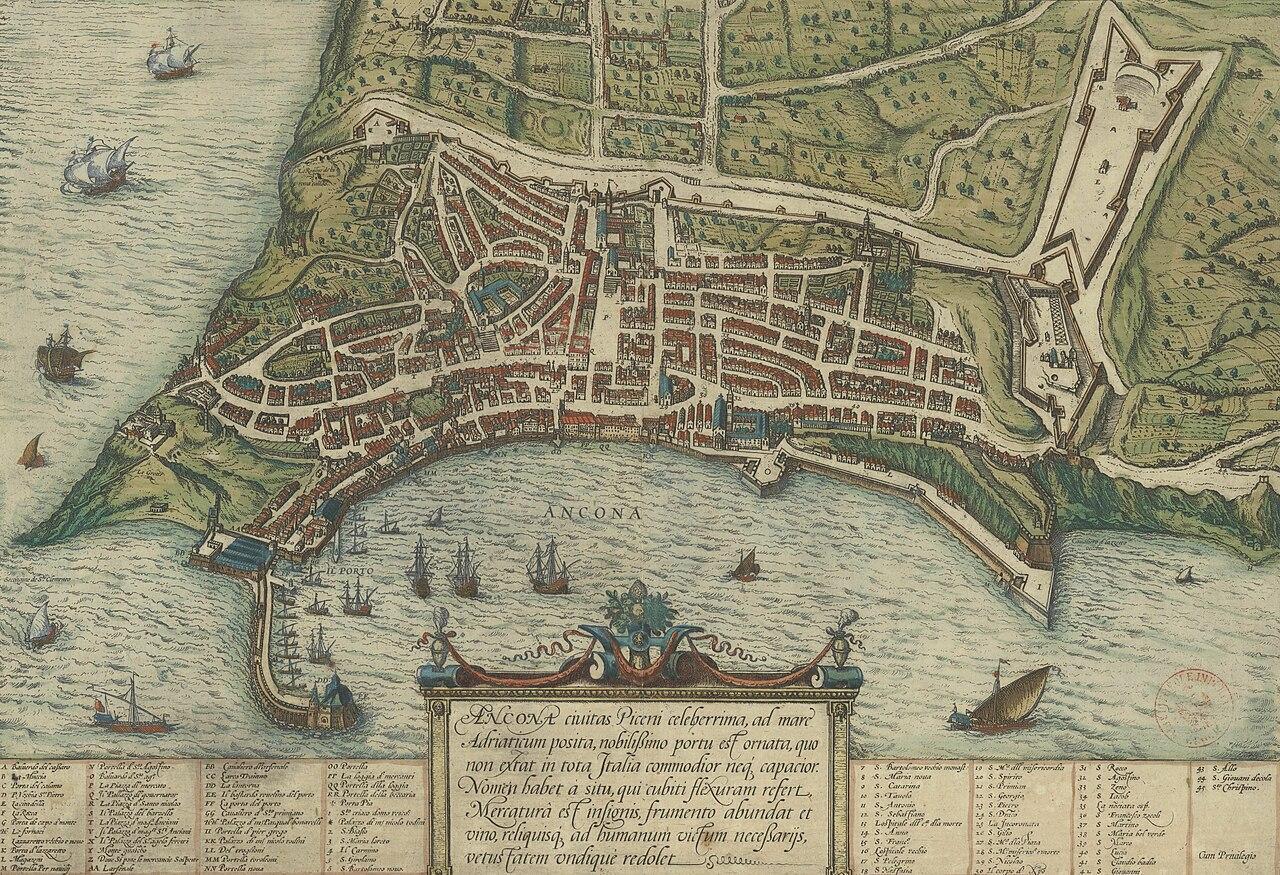
Source: Wikimedia
The Piceni lived in this Marche region and other parts of the Ancona province from around the 9th century to the 3rd century BCE. The later Roman Empire referred to the group as Picenum in Latin, and they were eventually incorporated into the early Republic.
The Piceni Are Incorporated into the Early Roman Republic
This ancient Italic group thrived in the land between the Aterno and Foglia rivers. While their territory expanded and shrunk over history, they didn’t follow a state-type organization, meaning they had no form of a capital city.

Source: Wikimedia
The later Roman Empire referred to the group as Picenum in Latin, and they were eventually incorporated into the early Republic.
Fascinating Discoveries Made at Corinaldo
Back in 2018, researchers unearthed the remains of the Tomb of the Prince of Corinaldo during an excavation at the necropolis.
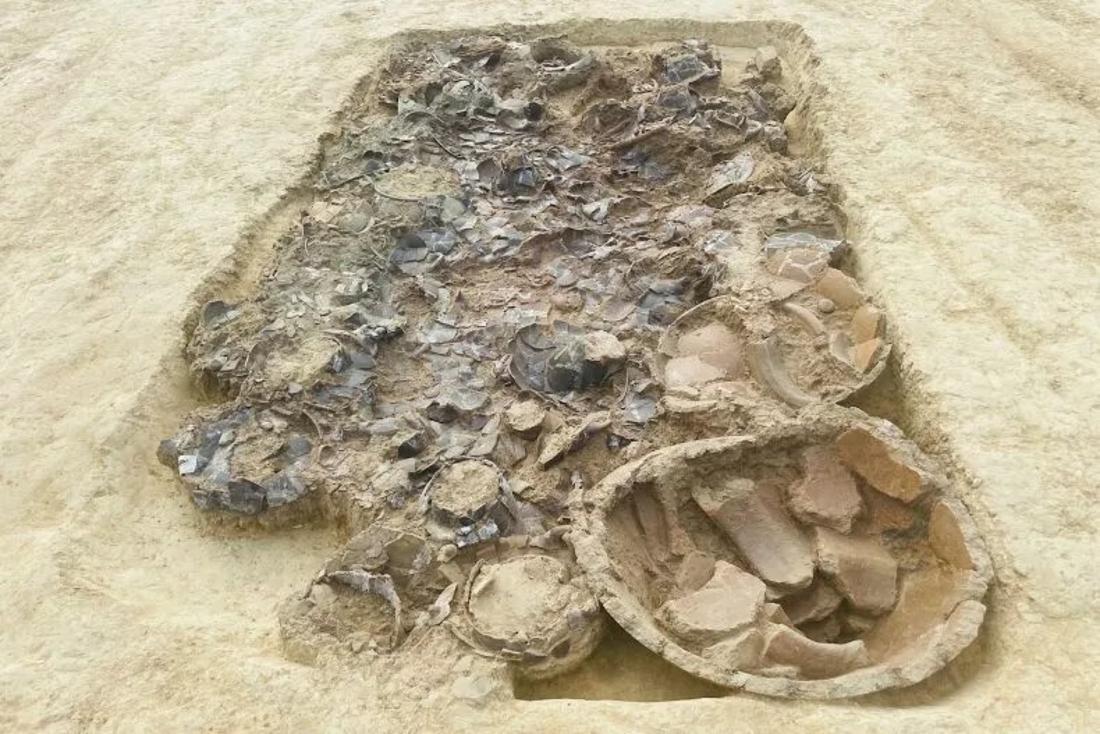
Source: CITTÀ DI CORINALDO
More recently, they found the princely tomb of another figure, which dates to the 7th century BCE, according to a statement from the local municipality of Corinaldo.
150 Artifacts Discovered in Quadrangular Pit in Italy
Recent excavations conducted at the necropolis led to the discovery of a reasonably sized quadrangular pit roughly 12 feet by 7 feet in size, which produced over 150 artifacts.
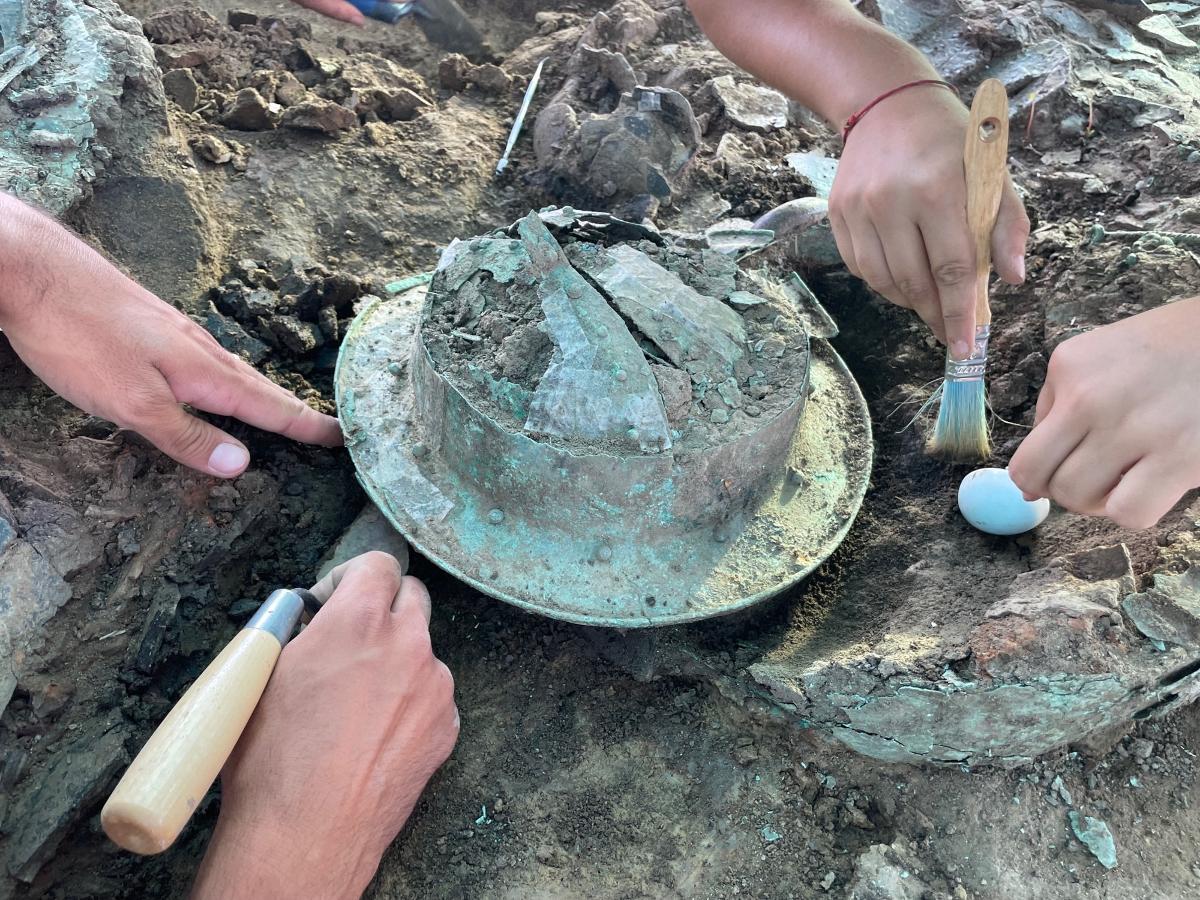
Source: Città di Corinaldo
Archaeologists note that this unique pit lies within another much larger circular ditch, which may have once had a diameter of approximately 100 feet.
The Fascinating Artifacts Recovered From the Tomb
In a statement shared with the public, the municipality of Corinaldo discussed the significance of several items found within the tomb.
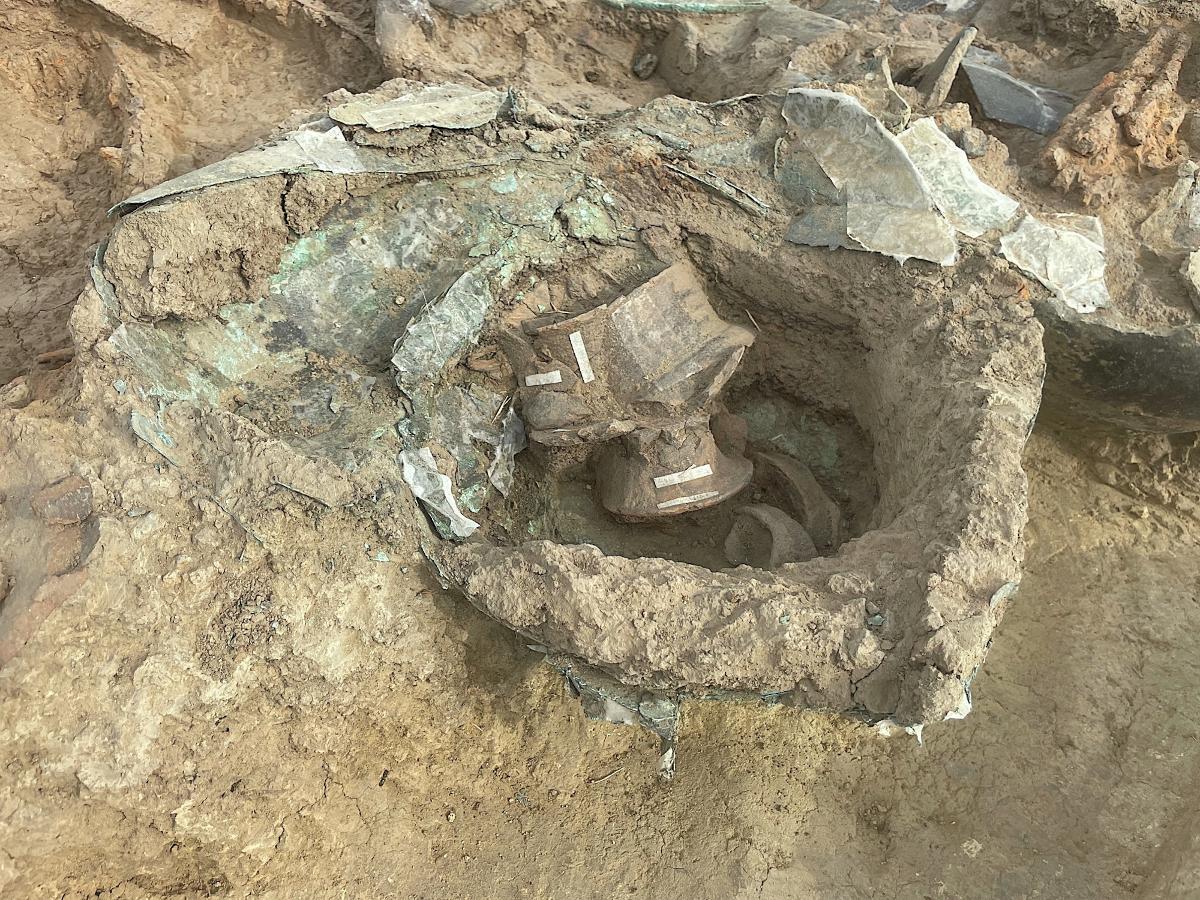
Source: Città di Corinaldo
“Of particular note is the presence of a two-wheeled chariot and a prestigious set of bronze objects, including a helmet, a cauldron, and numerous finely decorated containers,” they said.
Deceased Figure of the Highest Order
Several other items of interest were recovered from the tomb, many of which were associated with banqueting, or large feasts.

Source: Wikimedia
The researchers note a large iron ax, employed in the processing of meat, was found amongst the items. Pottery used to serve food and drink was also recovered from the tomb. According to the researchers, the findings suggest the owner of the tomb was “of the highest order.”
Etruscans Trading With the Picene Aristocracy
Archaeologists also note that many of the artifacts appear to have been sourced from the Etruscan culture, which sheds light on trading between ancient groups living in this part of Italy.
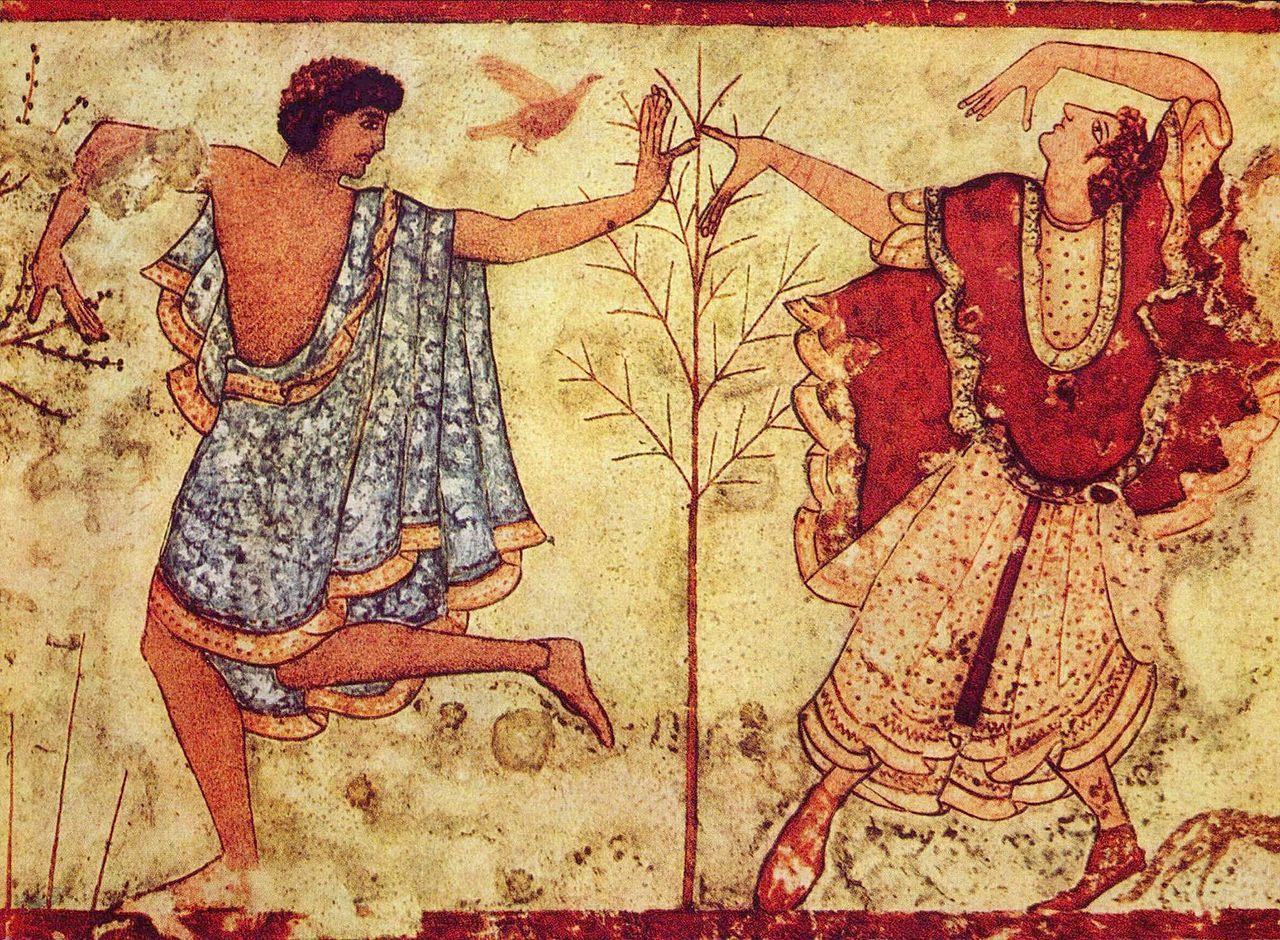
Source: Wikimedia
The work conducted at the Corinaldo Necropolis over the past few years has played a pivotal role in increasing our understanding of the earliest inhabitants of this region, and further excavations may produce more items of importance.
Piceni Had Strong Trading Links With Italic Neighbours
Further investigations at the site may provide valuable insight into the pre-Roman trading links with the various individual groups living in this part of Italy.
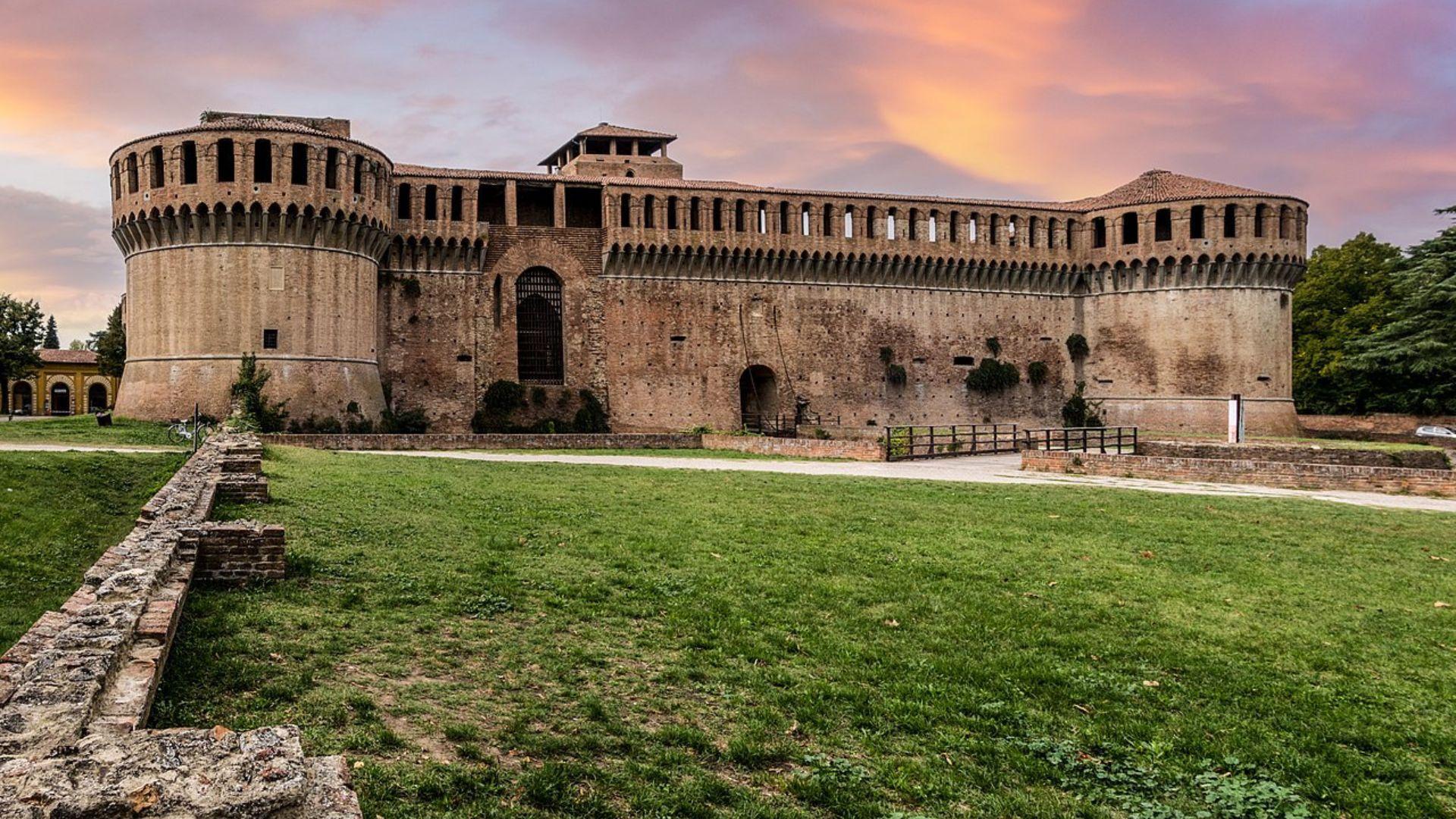
Source: Wikimedia Commons
The researchers who conducted the study suggest that the Piceni may have had a strong trade relationship with their Italic-speaking neighbors and quite possibly some form of cultural exchange
The Land of Princes
During the statement, Mayor Gianni Aloisi claims, “Corinaldo can boast the title of the Land of Princes.”
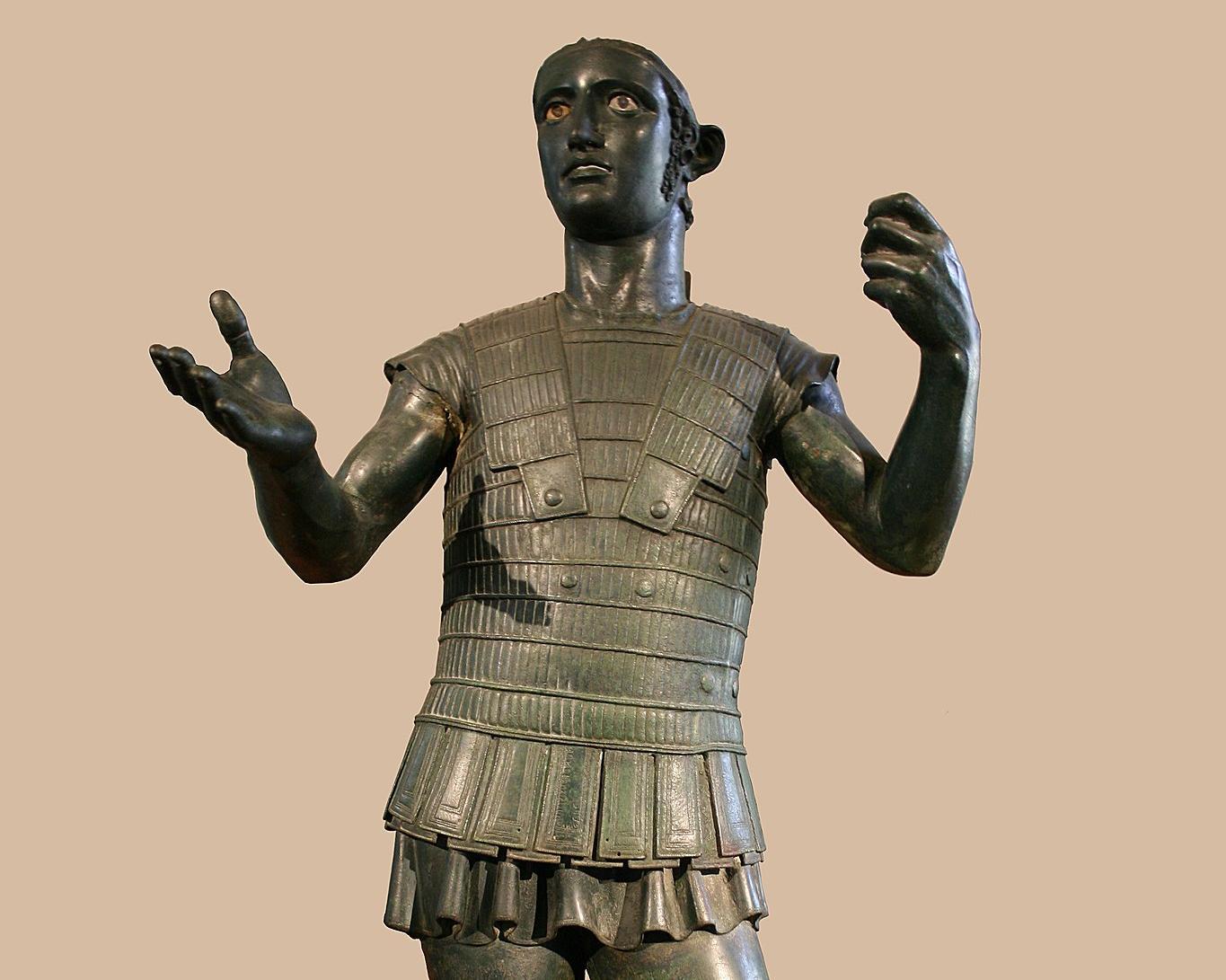
Source: Wikimedia
He continued, it’s a “Discovery that confirms the historical and cultural value of the Nevola archaeological area that will allow us to know, and perhaps rewrite, the history of our community.”
Project Funded by the Department of History Cultures Civilization
The discovery resulted from an excavation organized and funded by the ArcheoNevola Project, directed by the Department of History Cultures Civilization at the University of Bologna (UB).
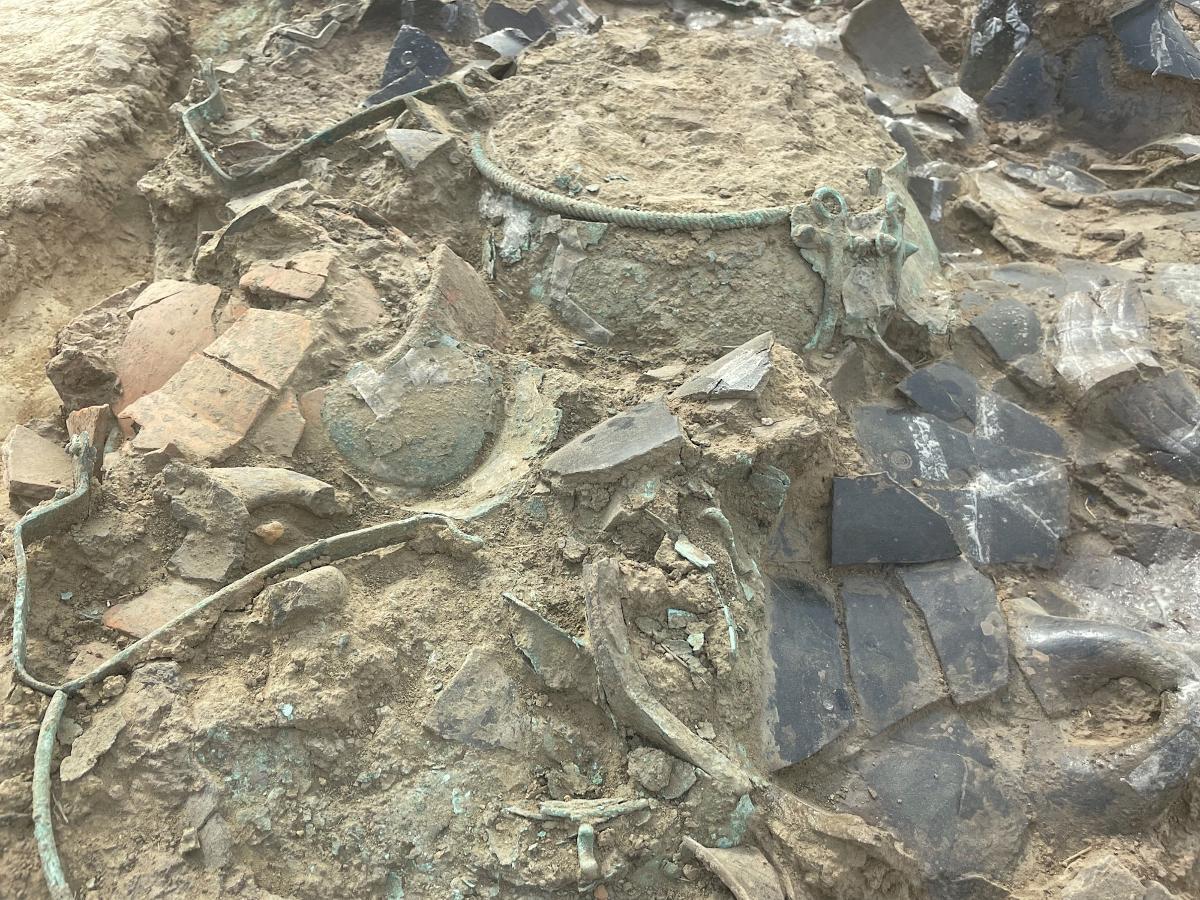
Source: Città di Corinaldo
Since 2018, researchers have been investigating the necropolis on behalf of the project, working alongside the Municipality of Corinaldo and the Superintendency of Archaeology, Fine Arts and Landscape (SABAP) for the provinces of Ancona and Pesaro Urbino.
The Restoration of the Artifact
At the end of the statement, the Mayor reveals the artifacts will remain in the region once they have been thoroughly examined and restored.
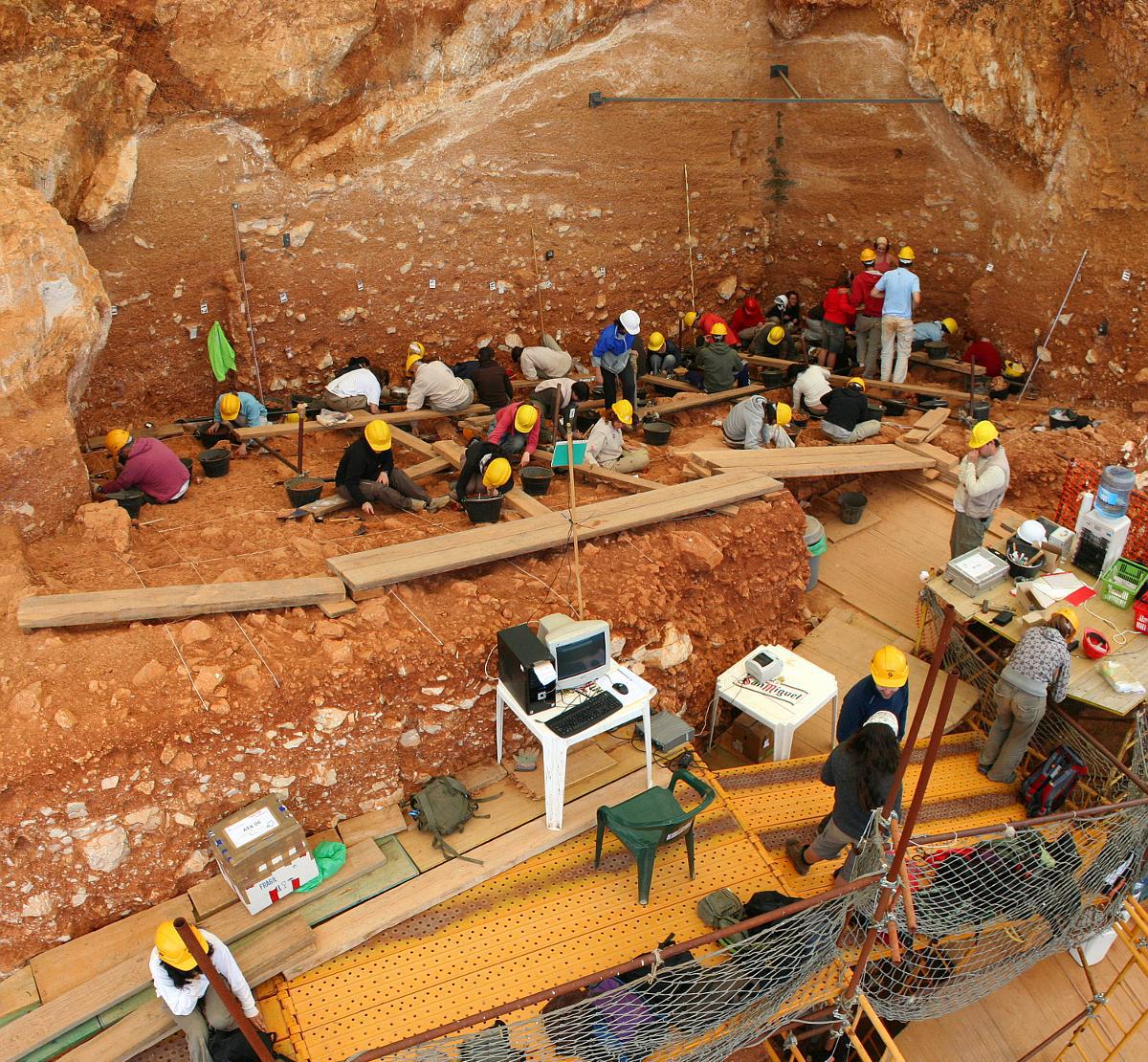
Source: Wikimedia
“Once the procedures for the consolidation and restoration of the artifacts are completed, the Principles of Corinaldo will stay in Corinaldo. Our objective is to make these treasures in a museum area feasible to the public, he said.
Find of Equally impressive Nature Elsewhere in Italy
A similarly impressive find was made in an ancient underwater city in Italy.
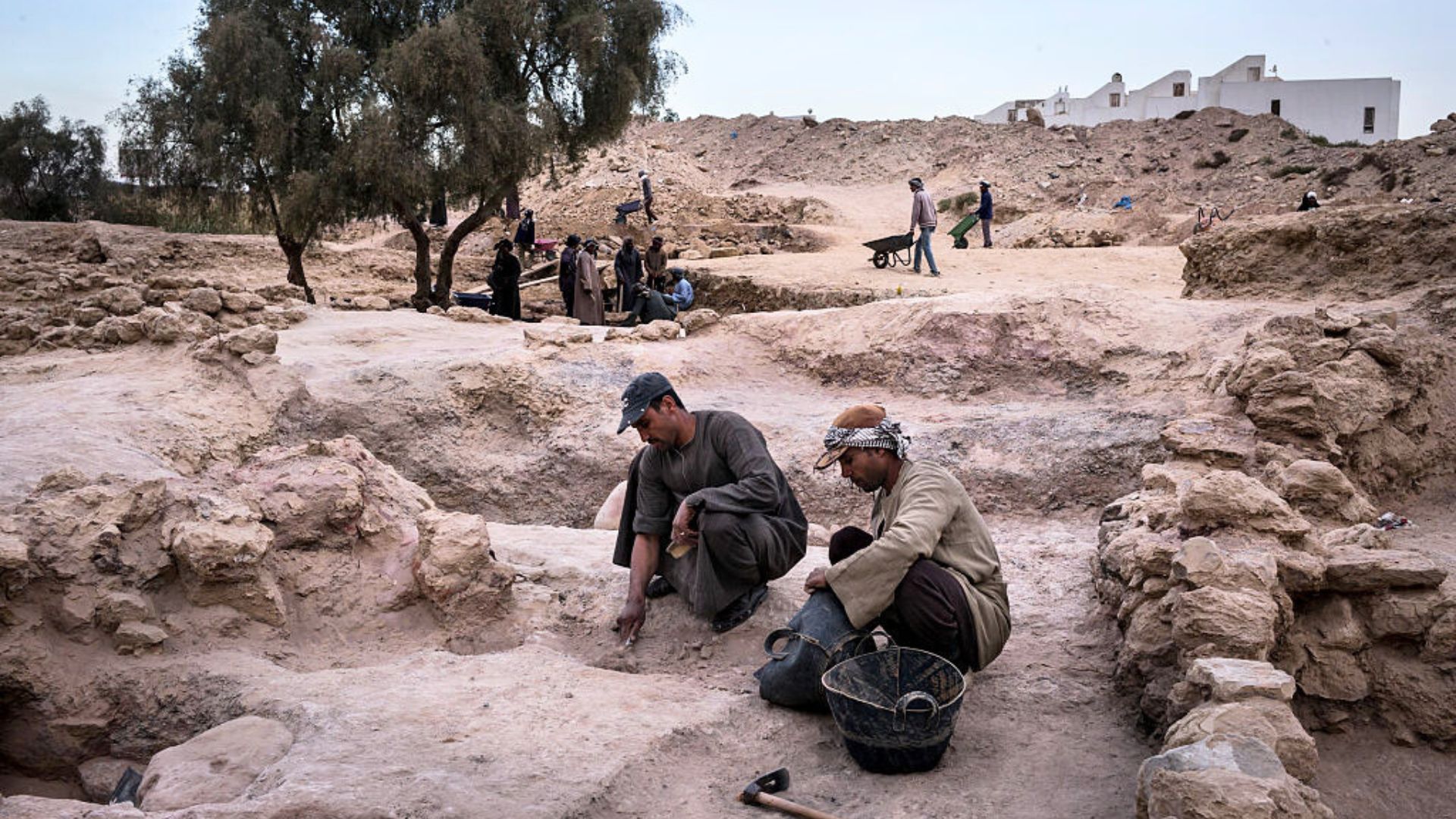
Source: David Degner/Getty Images
Researchers claim they have stumbled upon the remains of a mosaic floor that once served as the base of a Roman villa. The mayor of the local region referred to the finding as “stupendous.”
The Bay of Sommersa
Researchers came across the find while exploring part of the Bay Sommersa, a marine-protected area and UNESCO World Heritage Site off the northern coast of the Gulf of Naples.
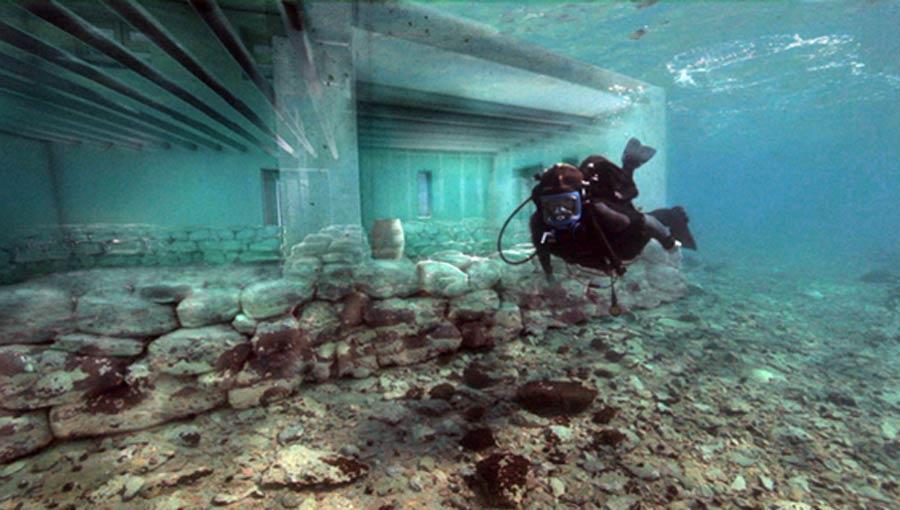
Source: @4biddnKnowledge/X
In ancient times, the region was known as the Roman city of Baia before being submerged due to volcanic activity.
Thousands of Marble Slabs Uncovered in Italy
The Campi Flegrei Archaeological Park posted about the discovery on its social media page, detailing the fascinating discovery.
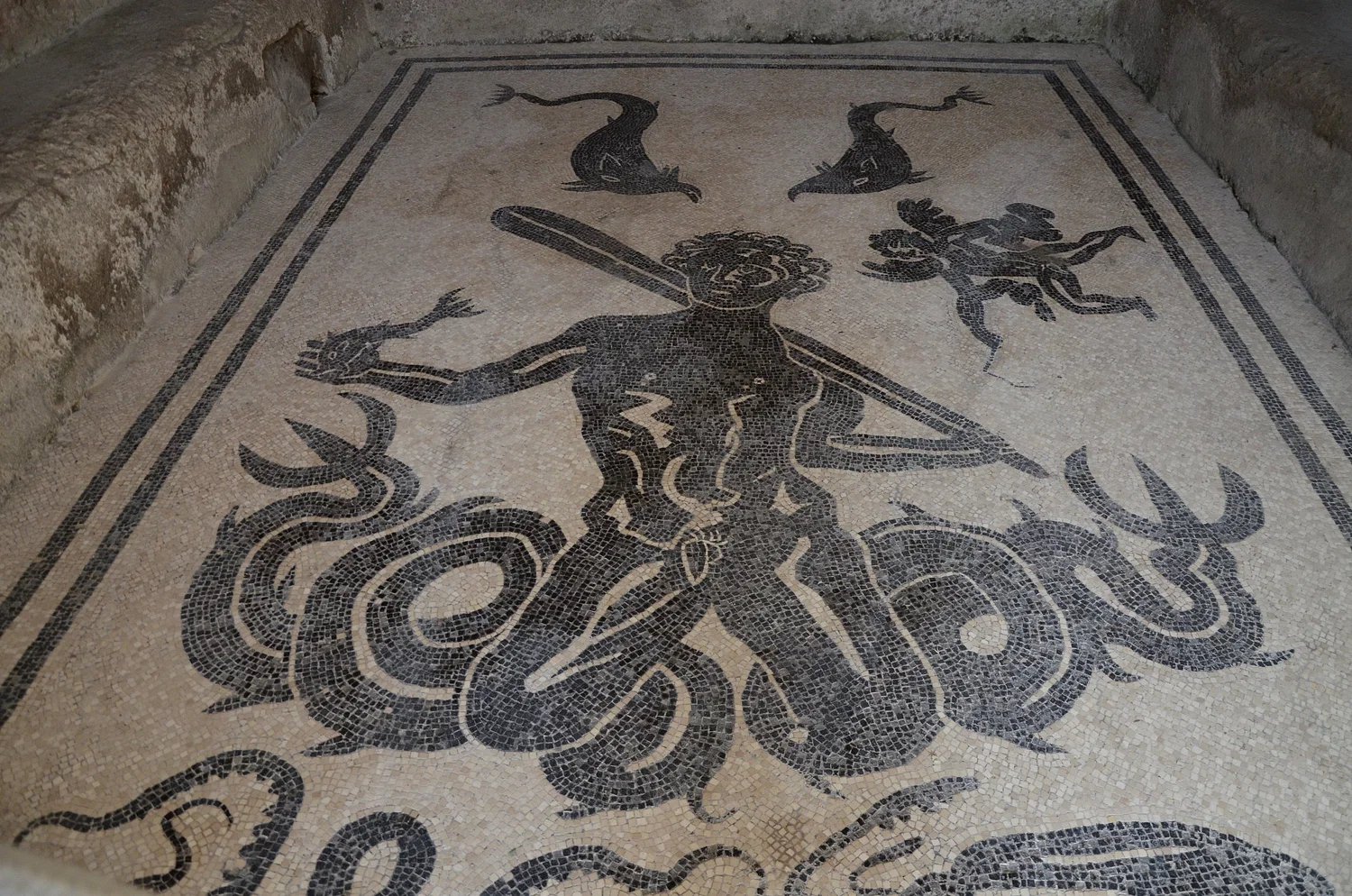
Source: Creative Commons Attribution-NonCommercial-ShareAlike
During the lengthy post, the group revealed that “thousands of marble slabs” had been discovered in “hundreds of different shapes.”
Underwater Excavation Proves Challenging
Later in the post the group revealed certain aspects of the underwater excavation have proved challenging.
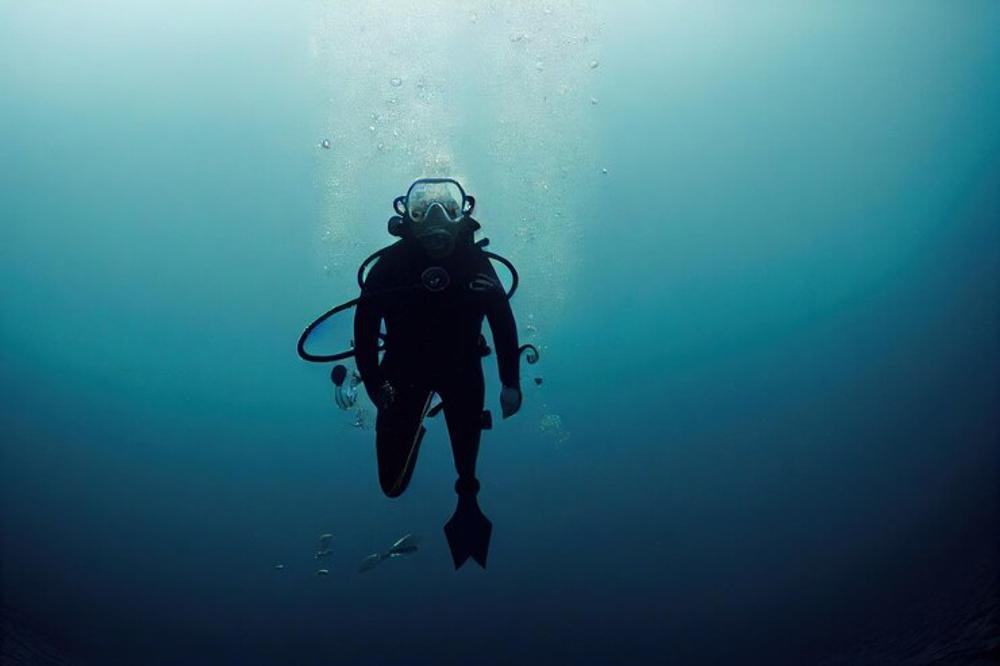
Source: Freepik
“This marble floor has been at the center of the largest underwater restoration work,” the park said, calling the research “a new challenge” and made “very complicated due to the extreme fragment of the remains and their large expansion.”
Mosaic Floor Dates to the 3rd Century CE
Despite the challenges surrounding the examination of the mosaic floor, the team discerned that the marble was recycled from older floors and walls.
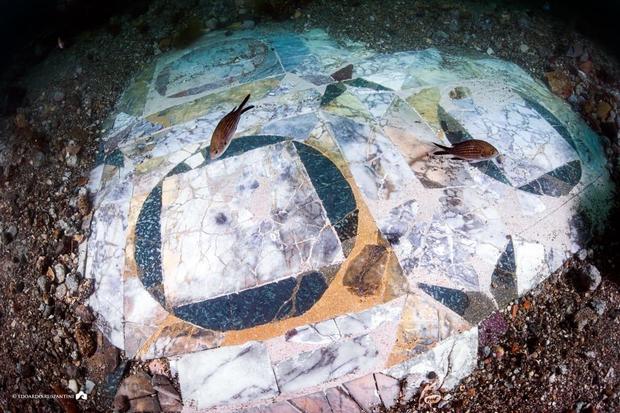
According to the researchers, the floor likely dates to the third century CE, using the room’s style and materials as a source for their assessment.
Archaeologists Hope to Save the Mosaic Floor
Researchers will continue to meticulously extract small pieces of the marble flooring from the site, hoping to “be able to save some of the geometries.”
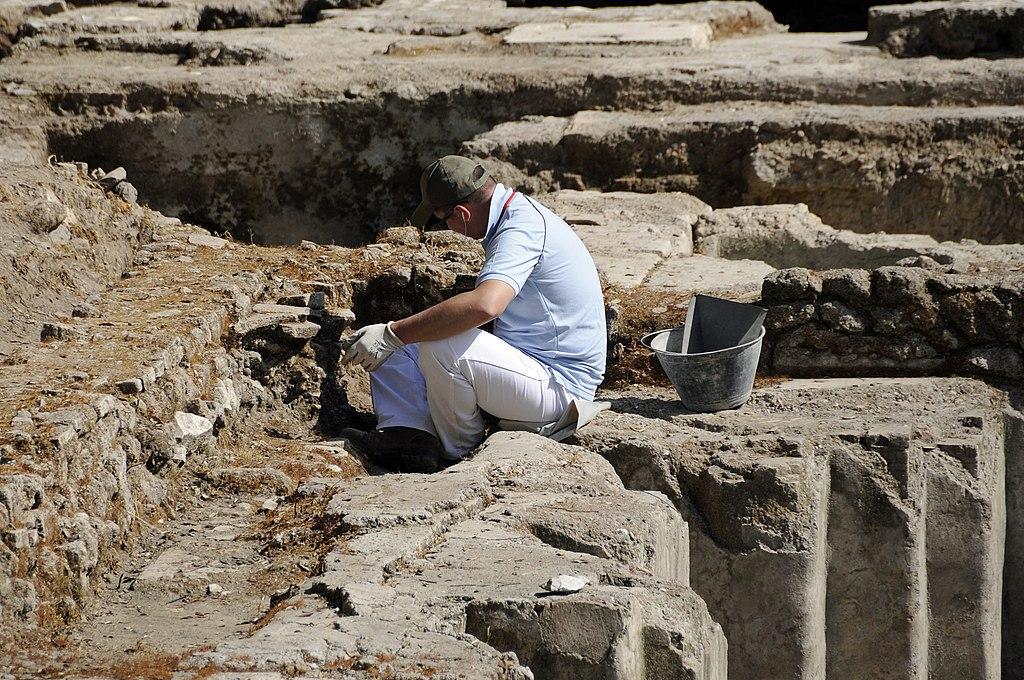
Source: Wikimedia
Once the tiny pieces of marble are taken back to the surface, they will be cleaned in freshwater tanks. Then, researchers will attempt to recreate the mosaic floor like a jigsaw puzzle.
Recreating the Mosaic Floor Piece by Piece
Regarding the complex nature of the project, the park revealed it will be a long process as they attempt to recreate the mosaic floor piece by piece.

Source: Freepik
“The work is still long and complex, but we are sure that it will offer many prompts and great satisfactions,” the park said.
